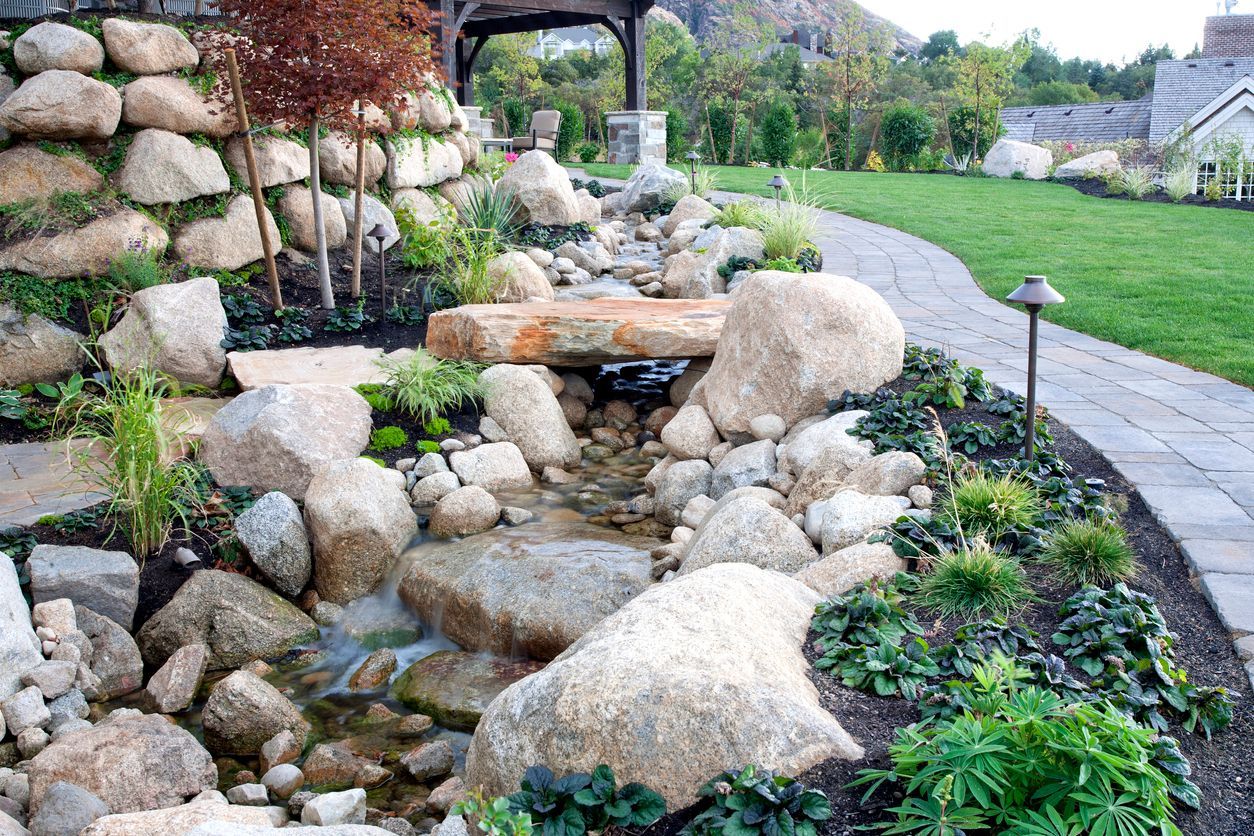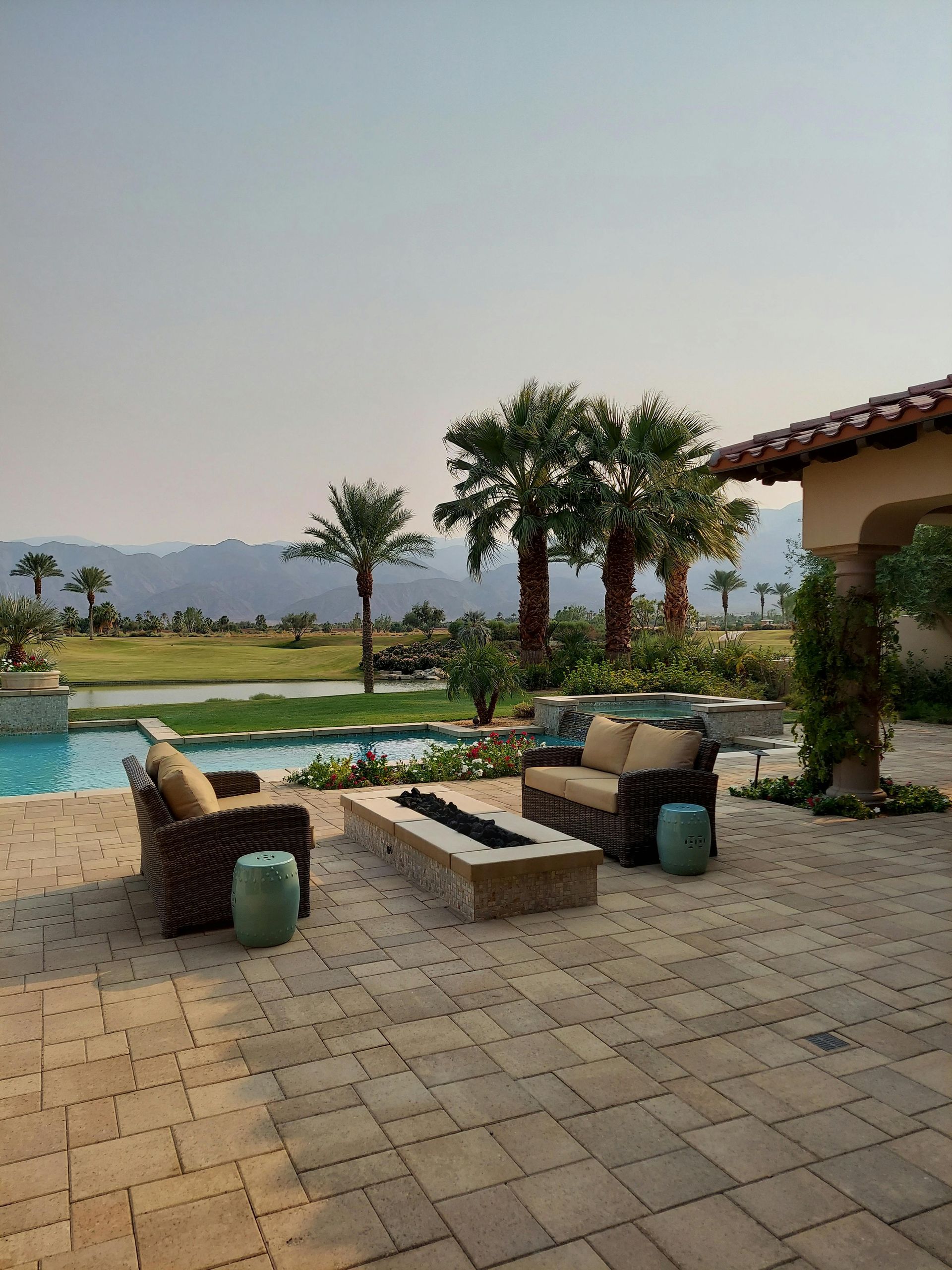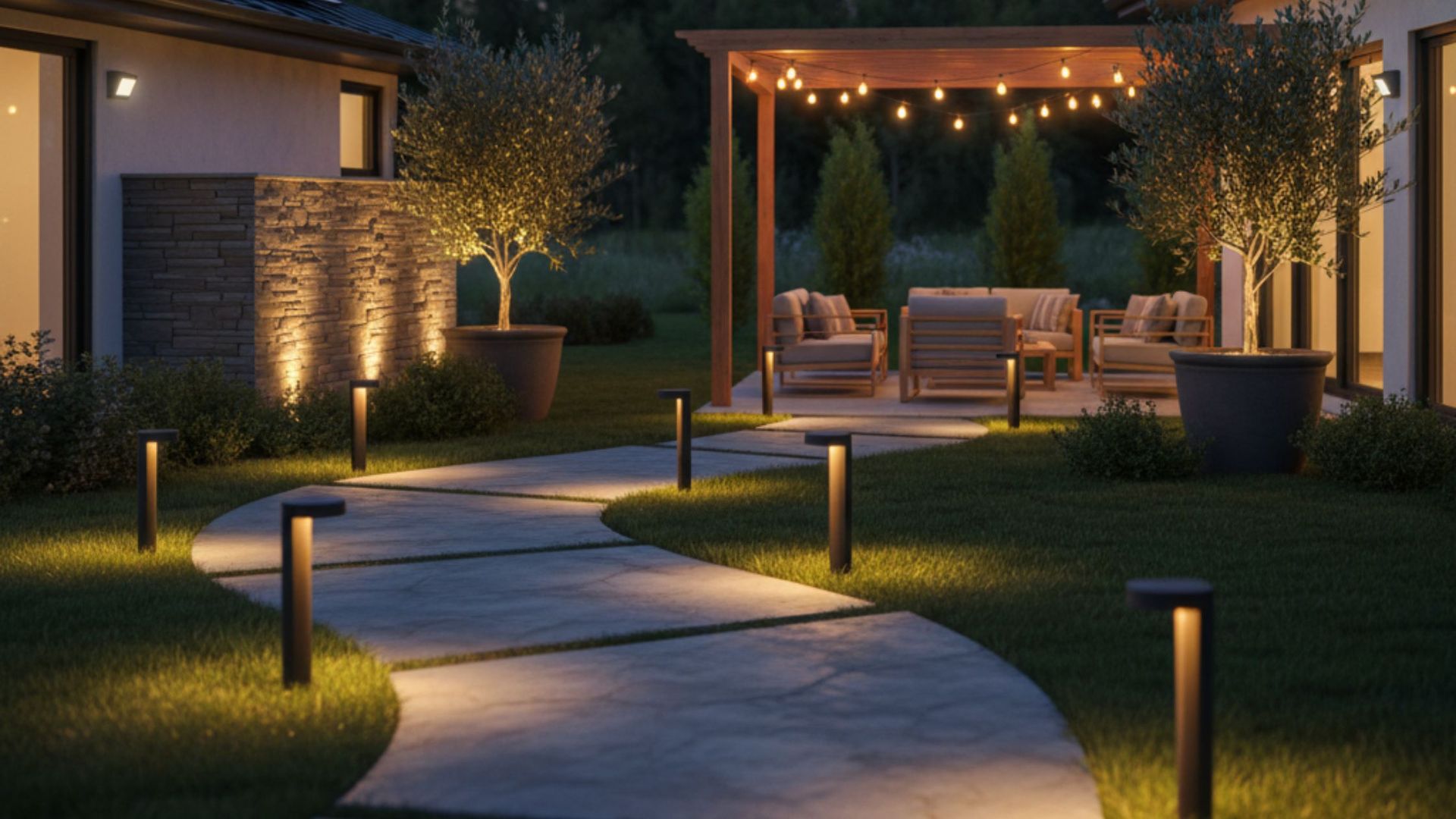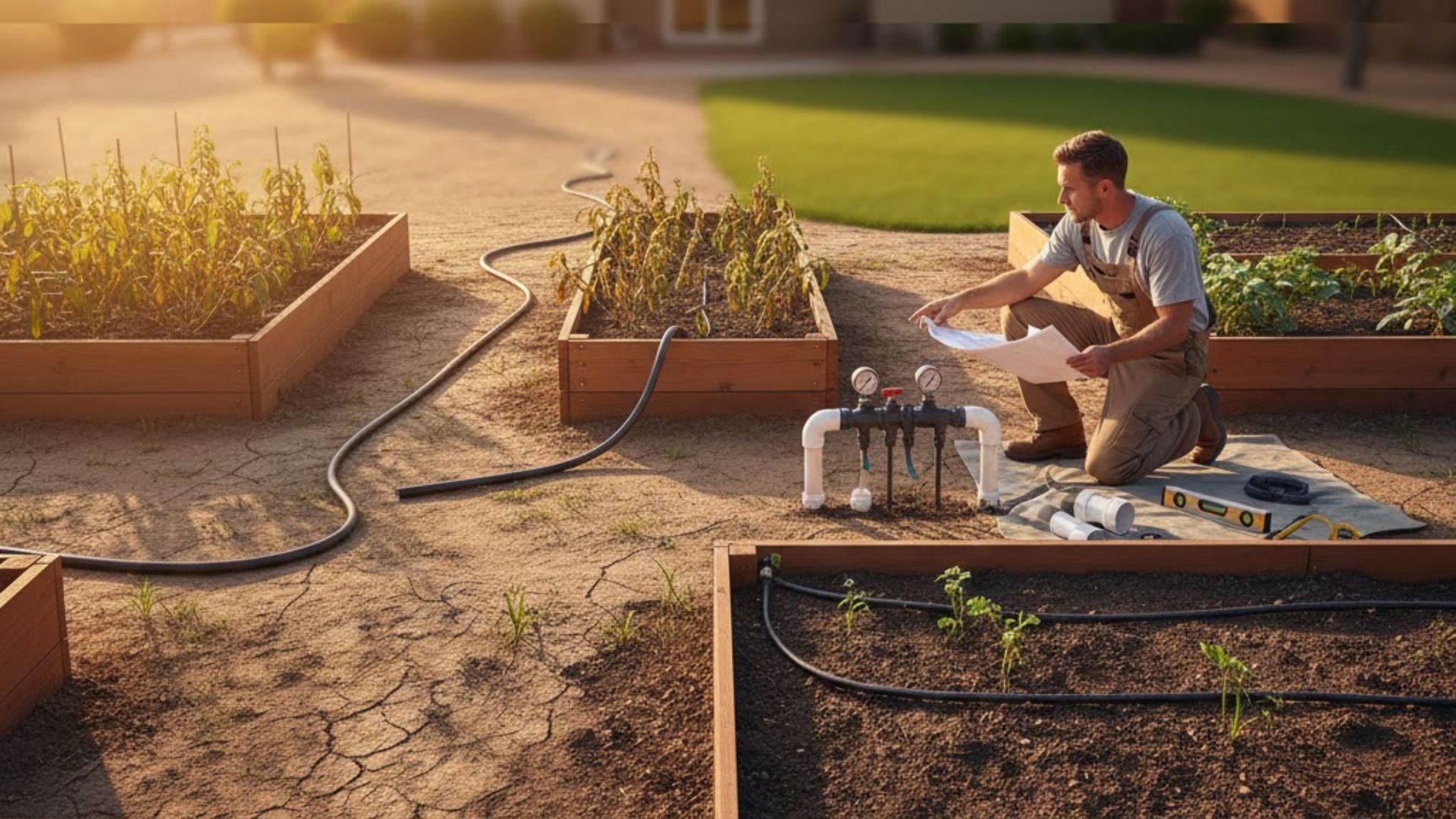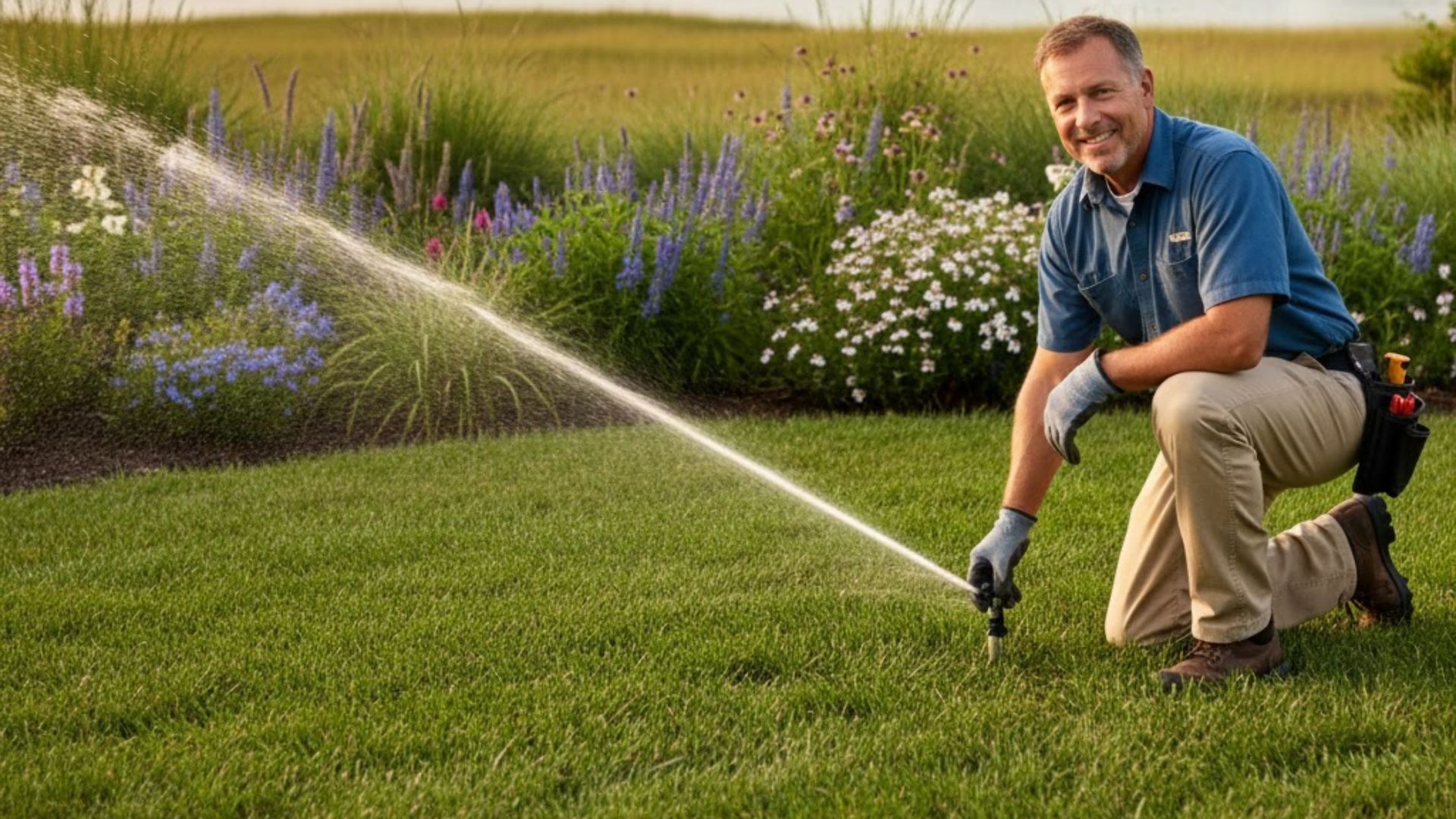What Does a Paver Patio Installation Project Involve in Hampton Roads?
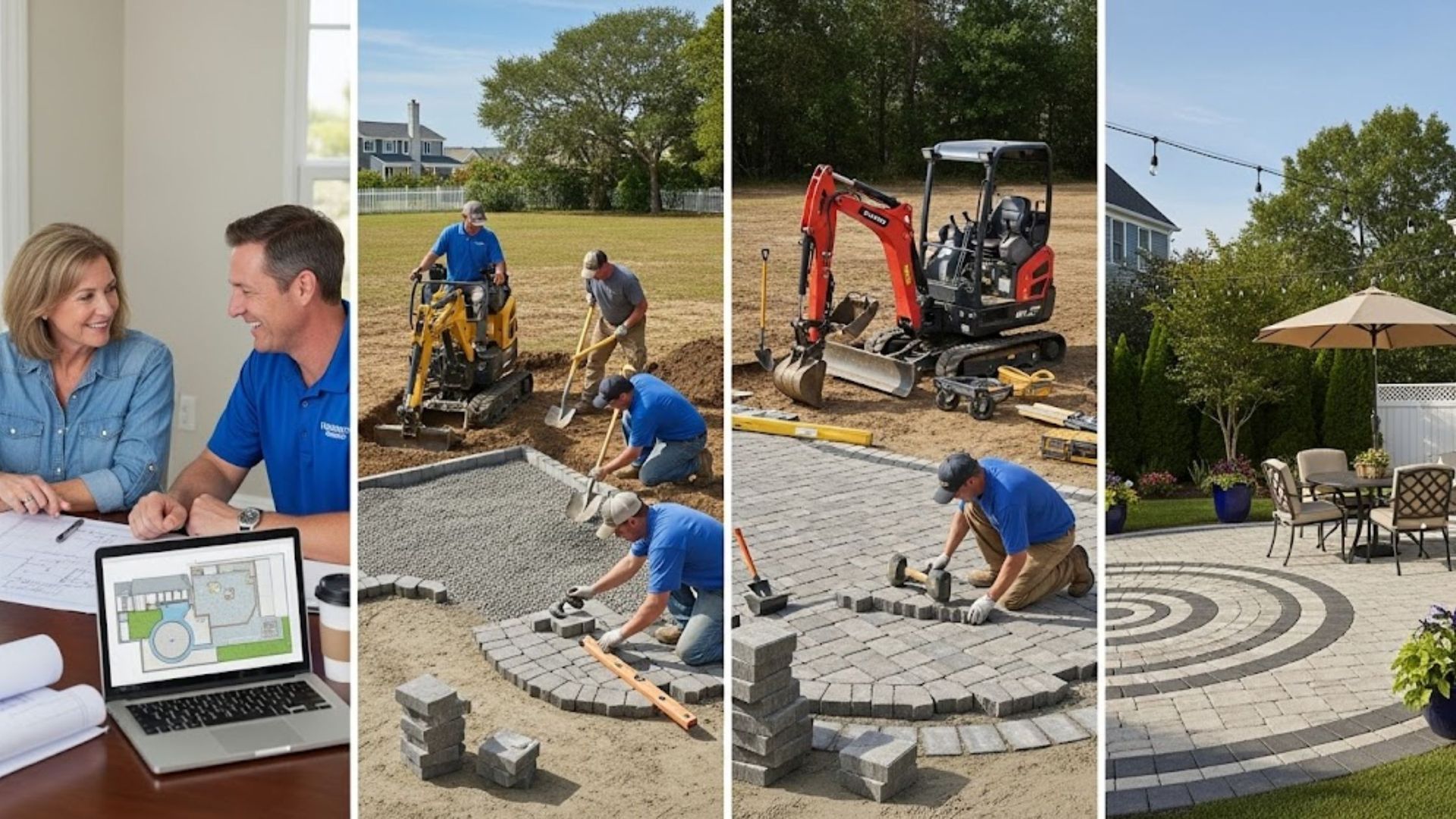
In Hampton Roads, a seasoned paver patio contractor Hampton Roads guides homeowners through every stage of transforming their outdoor living space. A Paver Patio Contractor Hampton Roads brings expertise in patio design and installation, ensuring that each step—from initial site evaluation to the final joint sealing—meets coastal climate demands and aesthetic expectations. By integrating local regulations and soil conditions into the hardscaping process, these specialists guarantee a durable paver foundation work and a patio that endures seasonal shifts. Understanding the comprehensive approach of a paver patio contractor Hampton Roads empowers homeowners to make informed decisions and achieve a landscape that enhances curb appeal and property value.
What Is the Process for Installing a Paver Patio in Hampton Roads?
A skilled Paver Patio Contractor Hampton Roads begins with an in-depth consultation, assessing the site’s grade, existing drainage patterns, and client preferences. This evaluation lays the groundwork for a custom patio design and installation plan tailored to the homeowner’s lifestyle—whether for al fresco dining, a fire pit gathering area, or an outdoor kitchen setup. By examining soil type, sun exposure, and proximity to landscape features, the contractor ensures optimal placement and functionality. Detailed sketches and 3D renderings set clear expectations and help refine material selections before breaking ground.
Many homeowners choose Paver Patio Contractor Hampton Roads for their deep familiarity with the region’s coastal soils and building code nuances.
How Does Patio Design and Installation Begin with Site Preparation?
The patio design and installation process kicks off with precise site preparation. Technicians mark the layout using stakes and stringlines, ensuring straight edges and accurate slope for water runoff. Grading equipment then removes topsoil and organic matter to establish a uniform subgrade. This step also incorporates erosion control measures, such as silt fencing or temporary drainage channels, to protect surrounding landscapes during construction. Maintaining a consistent fall—typically 1/8-inch per foot—directs water away from foundations and prevents pooling.
Homeowners seeking an educational comparison often refer to the Pavers vs. Concrete vs. Stone Patio Guide to understand the aesthetic qualities, maintenance needs, and cost differences before finalizing material choices.
What Materials and Paver Foundation Work Are Essential for Lasting Performance?
Paver foundation work hinges on constructing a stable base course that supports heavy foot traffic and occasional furniture loads. After site excavation, crews lay geotextile fabric to prevent subgrade mixing with aggregate and to inhibit weed growth. A 4- to 6-inch layer of crushed rock, commonly called “crush and run,” follows, compacted in 2-inch lifts using a plate compactor. This aggregate base provides structural integrity and resists frost heave, crucial for Hampton Roads’ variable winters. Edge restraints—often PVC or metal—anchor the perimeter, retaining the pavers’ interlocking pattern and preventing lateral movement.
High-quality landscape pavers—concrete, clay brick, or natural stone—are then dry-laid in the predetermined pattern. Permeable paver options may be introduced to meet stormwater management standards, allowing rain runoff to filter through polymeric sand joints into an engineered drainage layer below. Integrating decorative borders and accent pieces enhances visual interest and complements surrounding plantings or outdoor features.
A thorough guide to estimated budgets and project scopes can be found by exploring the Paver Patio Cost Hampton Roads page, which details regional pricing for labor, materials, and specialized finishes.
How Does the Hardscaping Process Ensure a Durable Finished Patio?
The hardscaping process unfolds with precision and attention to detail. After finalizing paver placement, crews use a rubber-faced plate compactor to settle the units into the bedding layer, ensuring uniform contact and a level surface. Joint sand—often polymeric for enhanced binding—is swept across the patio, filling gaps between pavers. This material locks the pavers together, disperses loads, and inhibits weed intrusion. The contractor may then apply a paver sealant to enhance color vibrancy, repel stains, and protect against the effects of UV radiation, salt spray, and mold growth in coastal environments.
Quality control inspections occur throughout the process to verify slope consistency, edge alignment, and joint density. Any cutting required for fitting pavers around curves, posts, or built-in elements is accomplished with a wet saw to yield clean, precise edges. Final site cleanup restores adjacent lawns and gardens, and landscape lighting conduits can be installed concurrently to illuminate the patio perimeter and pathways.
Engaging in the hardscaping process transforms a bare backyard into a bespoke extension of the home, complete with functional seating walls, fire features, and integrated landscape lighting.
What Maintenance Steps Follow a Paver Patio Installation?
Once the hardscaping process is complete, periodic maintenance preserves the patio’s beauty and structural integrity. Homeowners should inspect joints annually, replenishing polymeric sand to maintain tight seams and prevent weed growth. A gentle power wash—on low pressure—cleans surface debris, followed by reapplication of sealant every two to three years to maintain water repellency and color saturation. Checking edge restraints and ensuring that perimeter soils have not eroded is critical to preventing lateral shifting.
Supplementary maintenance may include clearing drainage channels and inspecting nearby irrigation zones to avoid oversaturation of the base course. Addressing minor settling promptly—by lifting affected pavers, adding base material, and re-leveling—prevents larger repairs down the line. By adhering to these care routines, homeowners extend the lifespan of their paver patio and protect their investment.
Regular maintenance unlocks the long-term benefits of a well-installed patio, enhancing outdoor living experiences year-round.
How Long Does a Paver Patio Installation Take in Hampton Roads?
The timeline for a paver patio installation in Hampton Roads typically spans one to two weeks, depending on project scale and complexity. A small 200 square foot patio may be completed in three to five days, while multi-level designs with retaining walls or built-in features can require up to ten business days. Weather interruptions—such as heavy rain or extreme heat—may extend the schedule, as crews wait for safe working conditions and proper curing of materials. Efficient coordination of material deliveries, equipment staging, and skilled labor ensures that projects progress smoothly from excavation through cleanup.
Effective project management by a reputable contractor minimizes downtime and helps homeowners enjoy their new outdoor retreat sooner.
How Much Does a Paver Patio Installation Cost in Hampton Roads?
Cost factors for a paver patio installation vary based on size, materials, labor rates, and site challenges. On average, homeowners can expect to invest between $15 and $30 per square foot for standard concrete pavers, and up to $40 or more for premium stone or custom patterns. Additional expenses arise from accessory features—such as fire pits, seating walls, or integrated irrigation—and from complex grading requirements or retaining wall structures. Local market conditions, permit fees, and accessibility of the worksite also influence the final quote. Transparent estimates should itemize base course preparation, paver units, edge restraints, joint sand, sealing, and any specialized equipment rentals.
Budget planning and clear communication with the contractor help align expectations and deliver a satisfying outcome without surprises.
Frequently Asked Questions
Q: How much slope is required for a paver patio in Hampton Roads?
A gentle slope of 1/8-inch per foot is recommended to ensure adequate drainage away from structures. This gradient prevents standing water and extends the lifespan of the patio.
Q: Are permeable pavers a good choice for coastal properties?
Yes. Permeable pavers aid stormwater management by allowing rain to infiltrate the surface, reducing runoff and easing pressure on municipal systems—ideal for the sandy soils of Hampton Roads.
Q: Can a paver patio be installed over an existing concrete slab?
In many cases, a thin paver system can be applied over concrete, provided the slab is structurally sound and properly prepared with a leveling base and geotextile barrier to prevent shifting.
Q: What is the warranty for a professionally installed paver patio?
Most reputable contractors offer a one- to three-year workmanship warranty covering proper drainage, base stability, and paver setting. Material manufacturers may provide extended warranties on paver units.
Q: How do I choose the right paver color and pattern?
Homeowners should consider architectural style, surrounding landscape features, and furniture placement. Consulting a contractor’s design portfolio and physical samples in natural light helps in making an informed decision.
A well-crafted paver patio becomes the centerpiece of outdoor living, blending form and function to create a restorative and entertaining space.
Hampton Roads Irrigation & Landscape has the experience and local insight to manage every detail of a paver patio installation project in Hampton Roads. From initial design consultation through the final sealant application, their team adheres to industry best practices and delivers exceptional craftsmanship. Homeowners seeking a turnkey solution can rely on their proven track record of durable construction, aesthetic excellence, and responsive service.
To start planning a new paver patio or to schedule a consultation, please Contact us at Hampton Roads Irrigation & Landscape. We look forward to transforming your backyard into the ultimate outdoor living destination.

